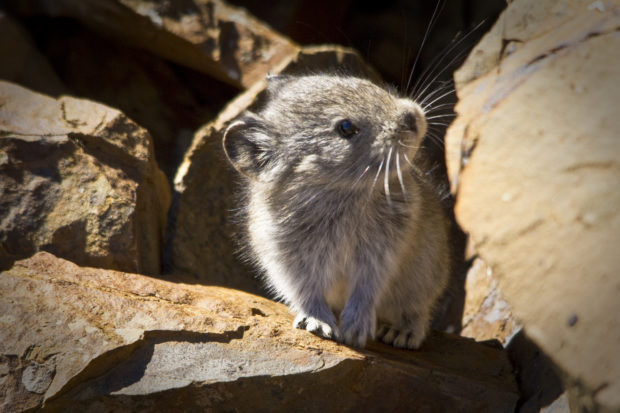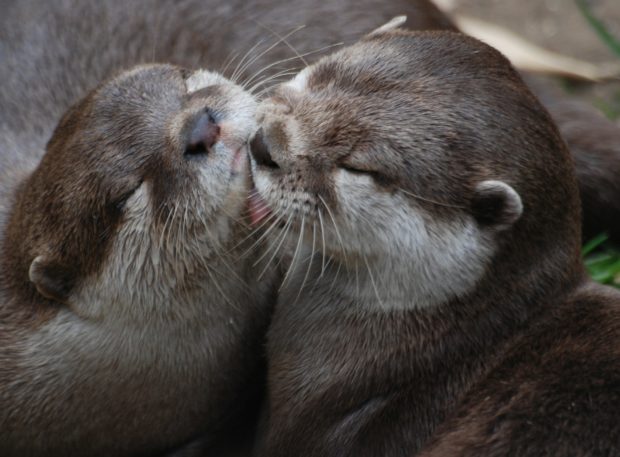We have much more to do and your continued support is needed now more than ever.
EPA: Hear Our Voices, Protect Our Environmental Safeguards

Although you may not think about this every day, federal protections are what keep us safe. Environmental and public health safeguards prevent rivers like the Cuyahoga from catching on fire, like it did before comprehensive federal laws were passed to protect natural resources. They allow you to breathe clean air, keep our skies free of smog, and maintain a safe climate. And we can all fish, hunt, swim, and enjoy our nation’s outdoor resources.
These vital protections have been backed by solid science and enjoyed bi-partisan support for almost half-a-century – from Republican and Democratic administrations alike. Now, these protections are under siege as the Administration is seeking a wholesale rollback of the safeguards that keep our waters clean and our air clear.
Wildlife, our communities, and our natural resources cannot afford this retreat.

Over the past few years we’ve seen toxic algal outbreaks in Lake Erie, which poisoned the drinking water for more than 400,000 people in Toledo. We have experienced increasingly intense and damaging storms like Hurricane Sandy, ravaging forest fires, paralyzing droughts, decreasing snow packs, and wildlife like trout disappearing as streams warm. In cities like Flint, we’ve seen tens of thousands of children exposed to lead in their drinking water. As these crises come to light, we’re reminded of just how important these bedrock safeguards are for our wildlife, natural resources, and our way of life.
So now, more than ever, we need the EPA to stand up for people and the environment – to make sure national safeguards remain in place so that all Americans have access to drinkable, “crystal clear” water and breathable air. Now is the time to be strengthening, not weakening, these critical tools that protect our drinking water, air, public health, and economy.
Earlier this year, President Trump issued an Executive Order to eliminate “unnecessary regulatory burdens,” by requiring the government to get rid of two existing regulations, for every new one. As part of this, the Environmental Protection Agency is seeking public input on what key protections for wildlife and natural resources to target for repeal, with a series of public hearings and are accepting written comments through May 15. This process falls far short of the necessary public input required to make critical decisions of this scale that could result in real danger to the health of our communities and environment.
Fortunately, people know that without strong federal protections for clean air and clean water, our rivers, lakes, streams, wetlands, mountains, coasts, plains, and climate will suffer. Ever since President Richard Nixon founded the EPA in 1970, the agency has used sound science, transparent processes with robust public input, and the law to guide and enforce protective rules that safeguard wildlife and natural resources.

We’ve already seen what happens when states are in charge of protecting our natural resources and the environment and (spoiler alert) it failed. Without uniform, science-based standards and implementation resources from the federal government, cities were choked in smog, lead and other toxins were pervasive, and rivers were so polluted they caught fire. States don’t have the financial resources to control the pollutants that flow from other states into theirs like in Maine, the “tailpipe of the nation,” where wind carries airborne pollutants from the west across state borders, rendering Maine’s magical ponds and lakes virtually dead from acid rain.
States are unable to take cross-state approaches to protect and restore vast ecosystems like the Great Lakes or Chesapeake Bay. History has shown us that states cannot be allowed to set air and water quality standards weaker than these nationwide minimums without triggering a “race to the bottom” that degrades our air and water.
These cross-state protections not only benefit wildlife, but public health and our economy. The Clean Air Act prevents more than 160,000 premature deaths and 1.7 million asthma attacks each year. The Clean Water Rule safeguards drinking water sources for 117 million Americans that also serve as vital fish and wildlife habitat, and the Clean Water Act is estimated to provide an economic benefit of $11 billion a year. Decades have shown that economic growth is not only compatible with, but benefits from these protections. The far greater “burden” would be not to have these strong federal protections in place to keep us safe.

Access to clean air and clean water should not depend on where you live. We need federal safeguards like Clean Water Act protections for streams and wetlands, plans to reduce carbon emissions and smog, clean-up plans for watersheds like the Chesapeake Bay, and efforts to make our climate safer for people and wildlife.






















